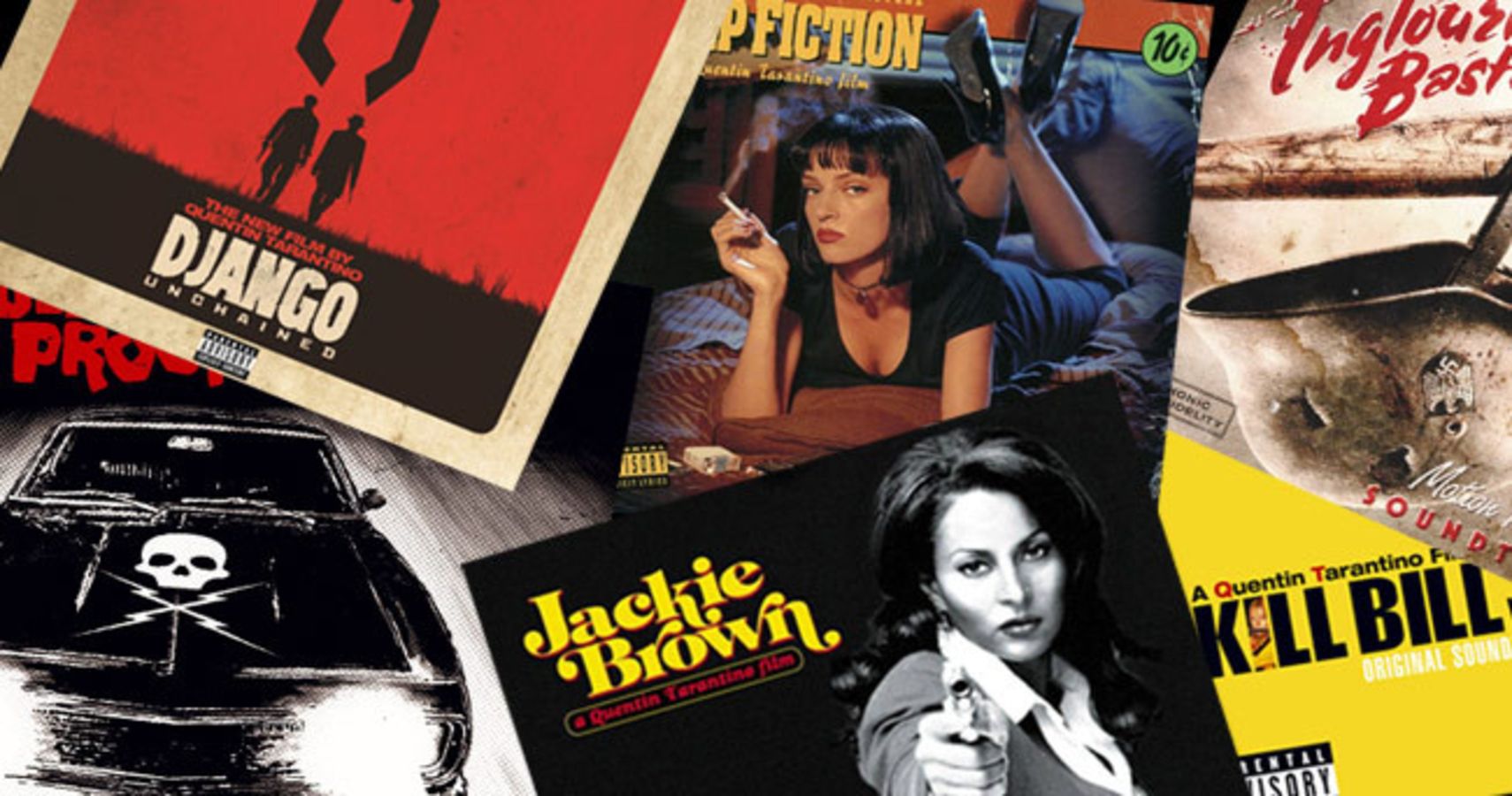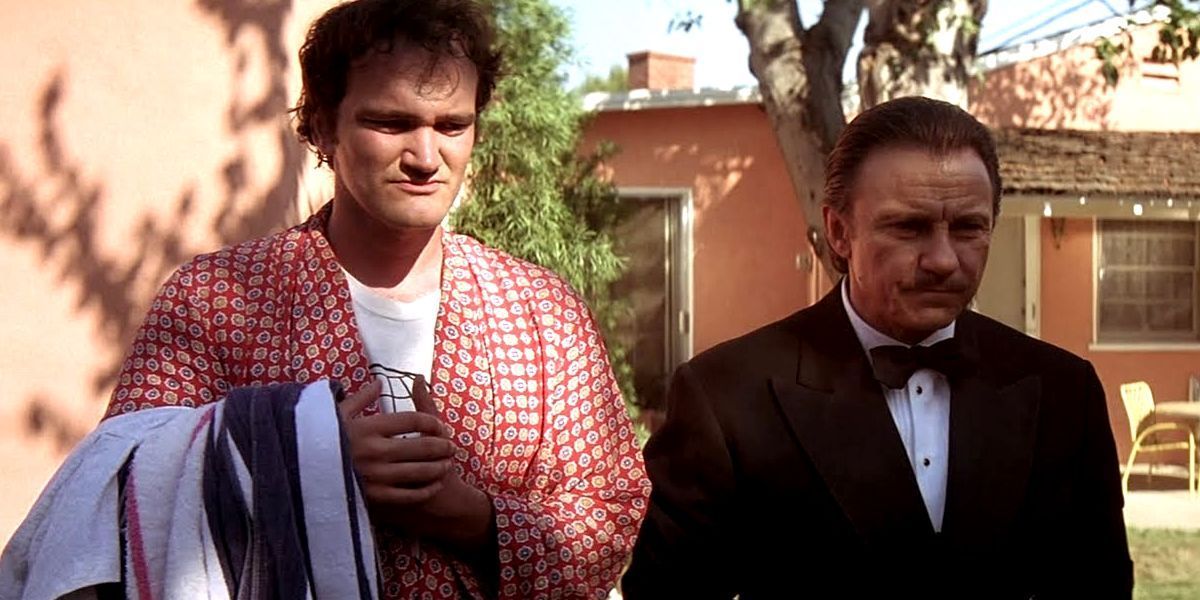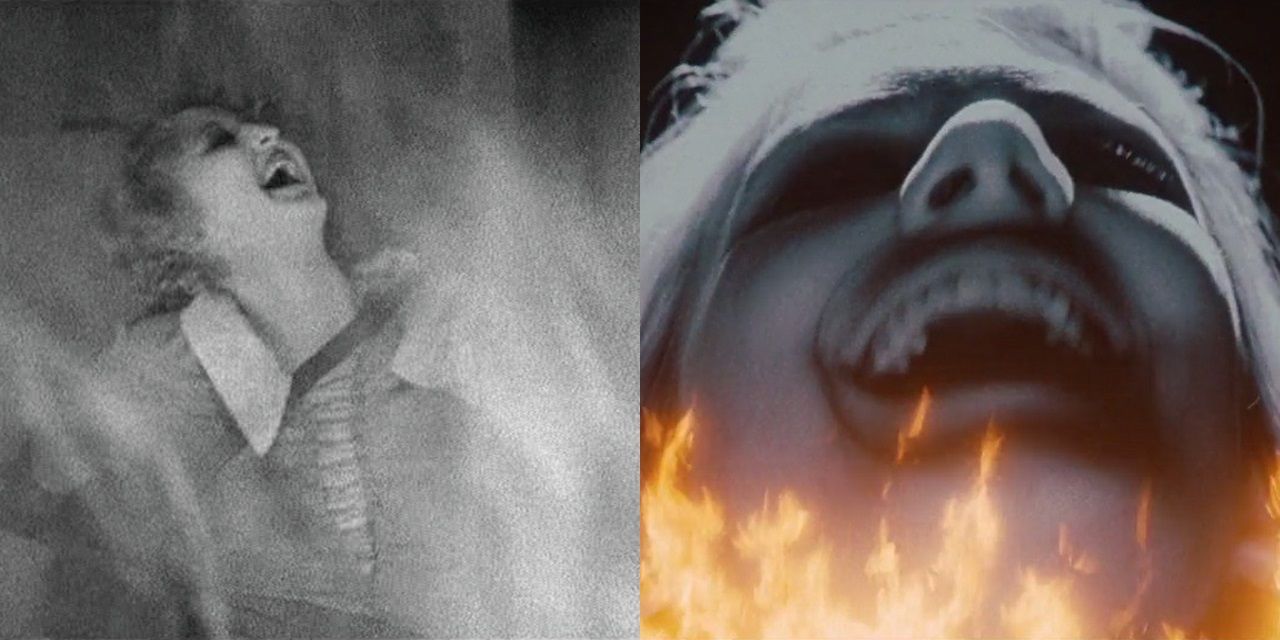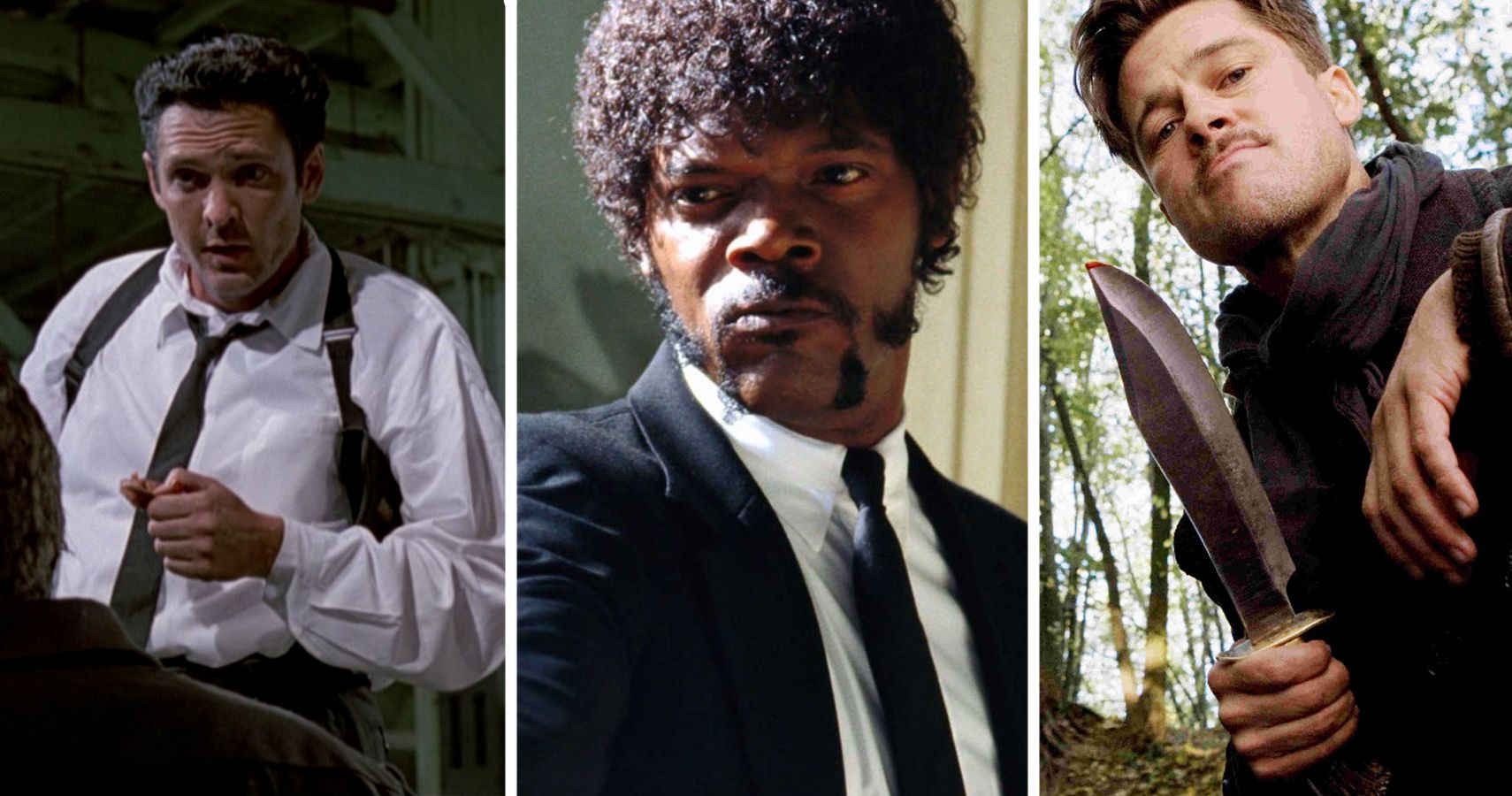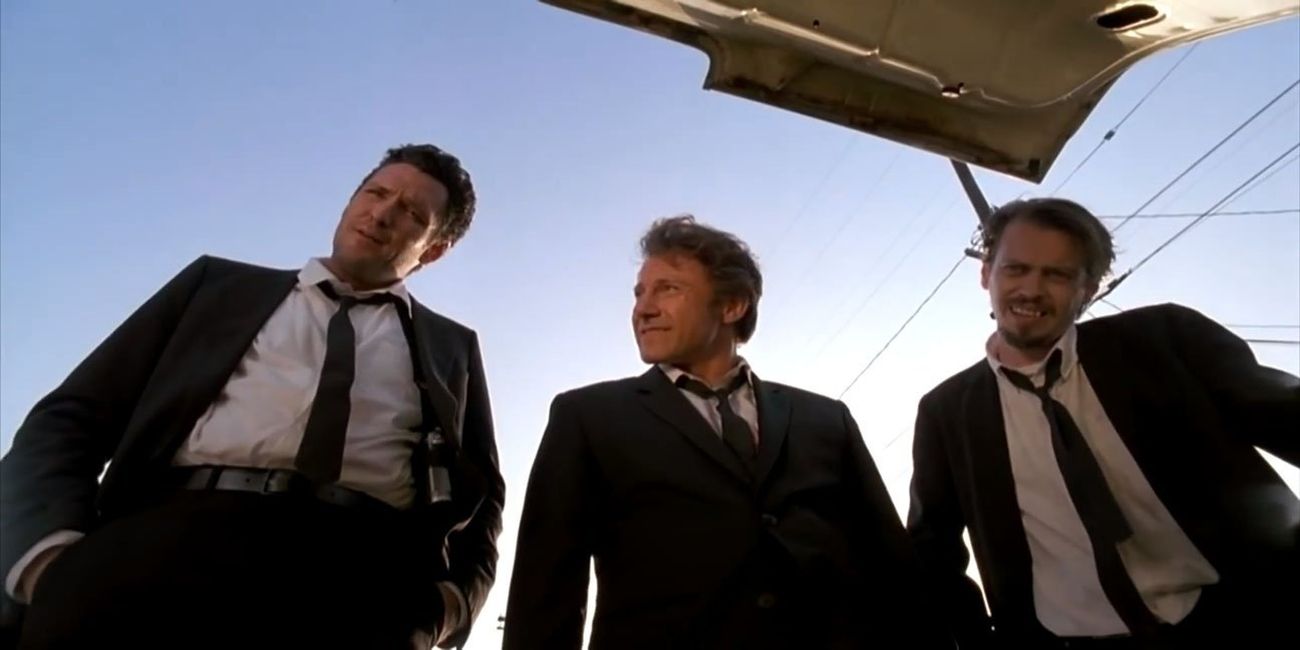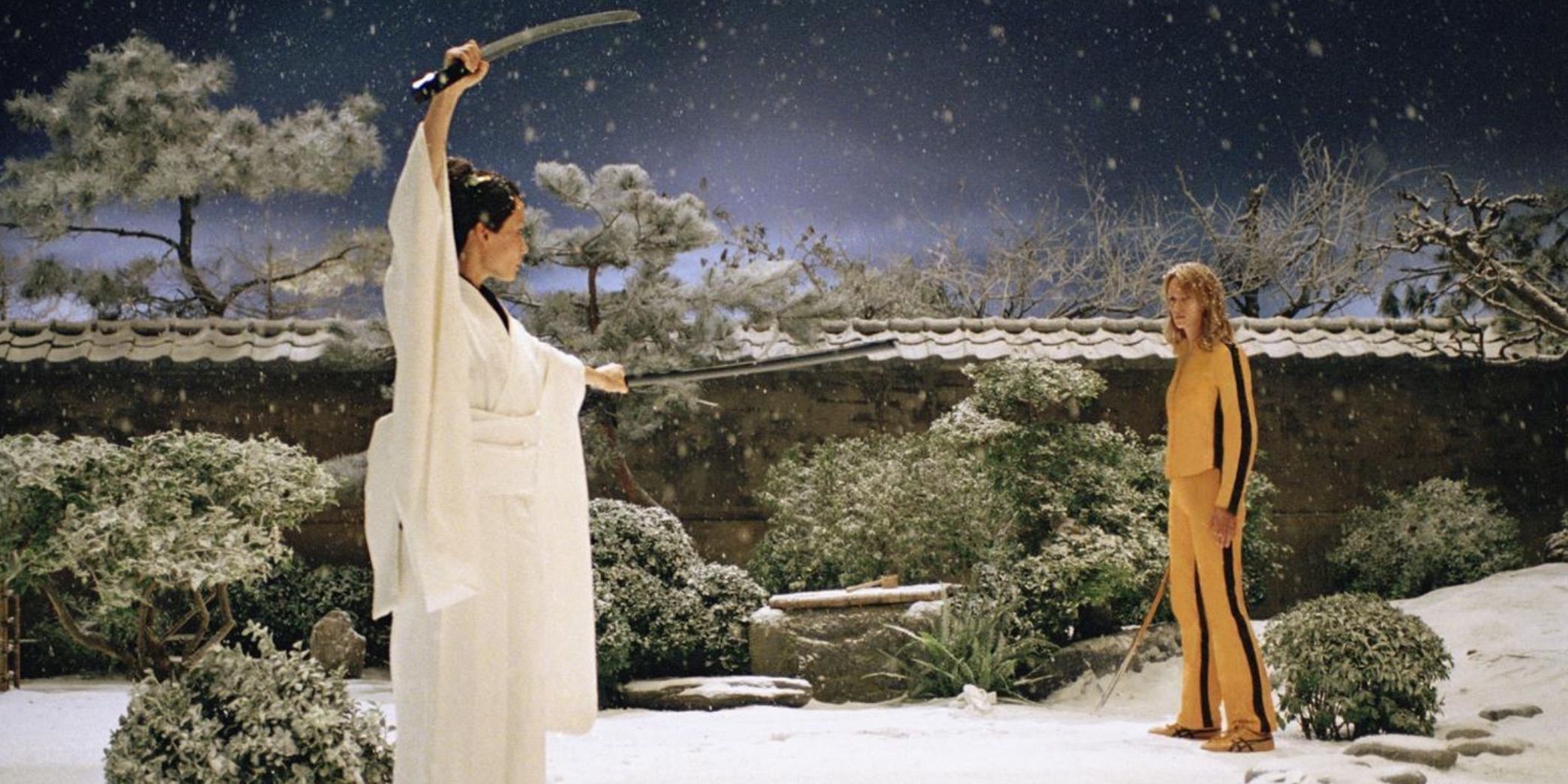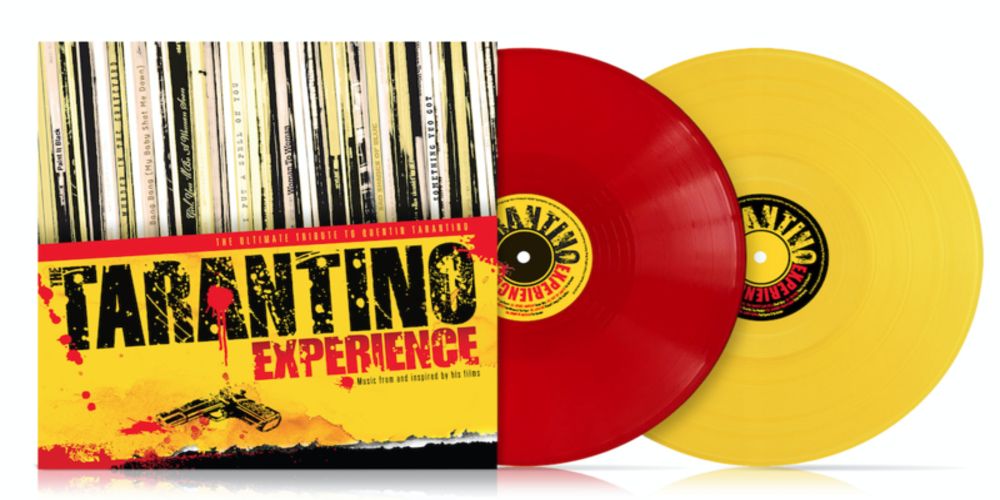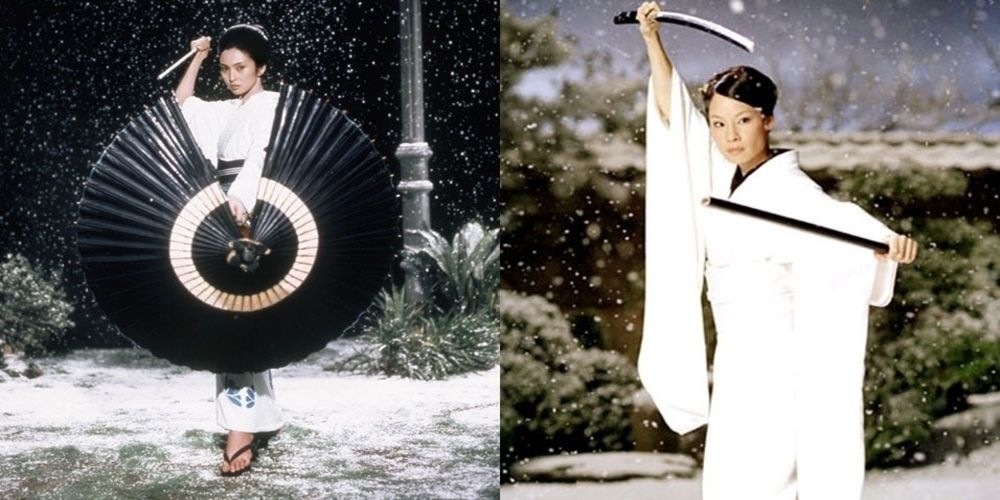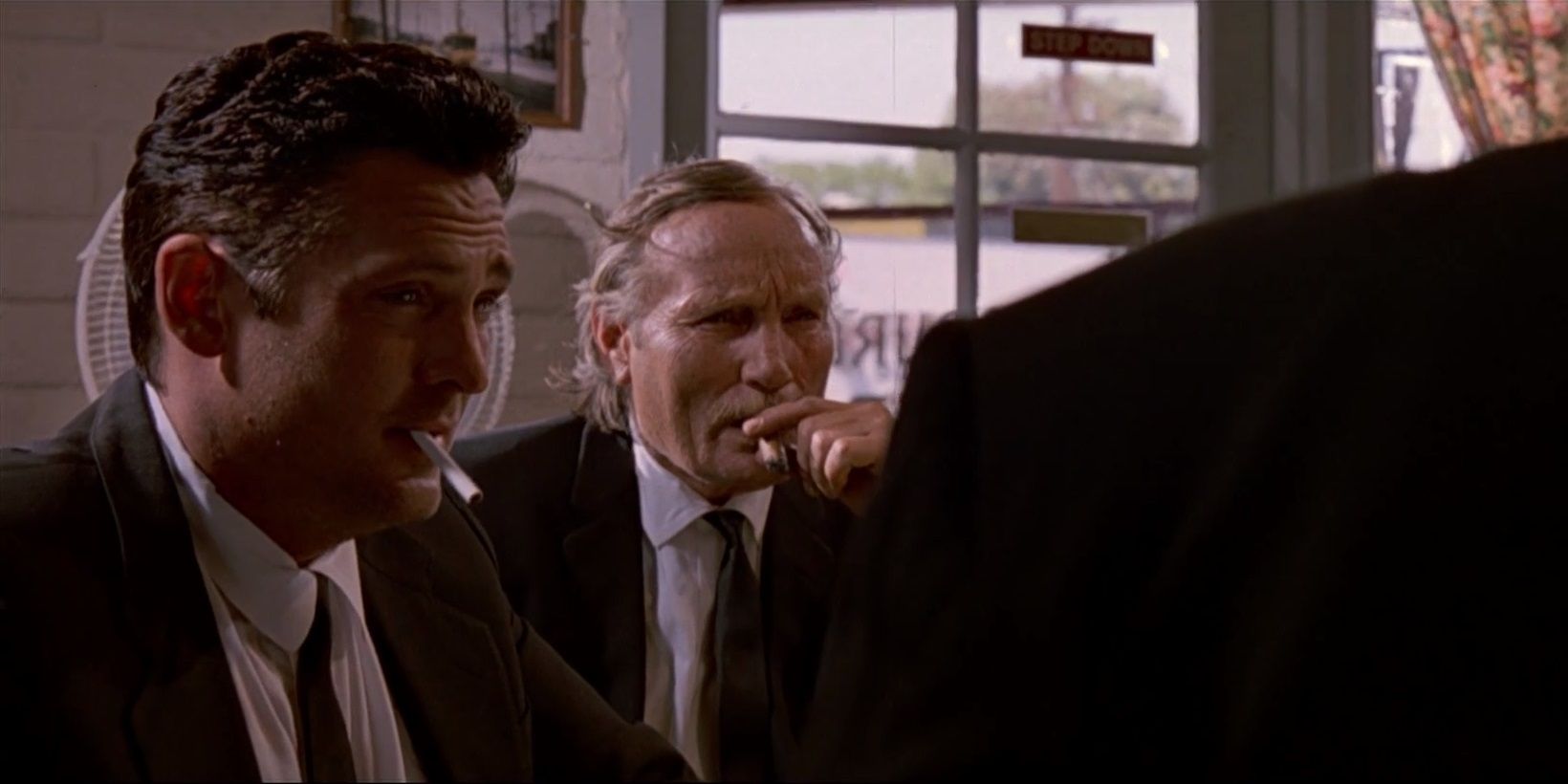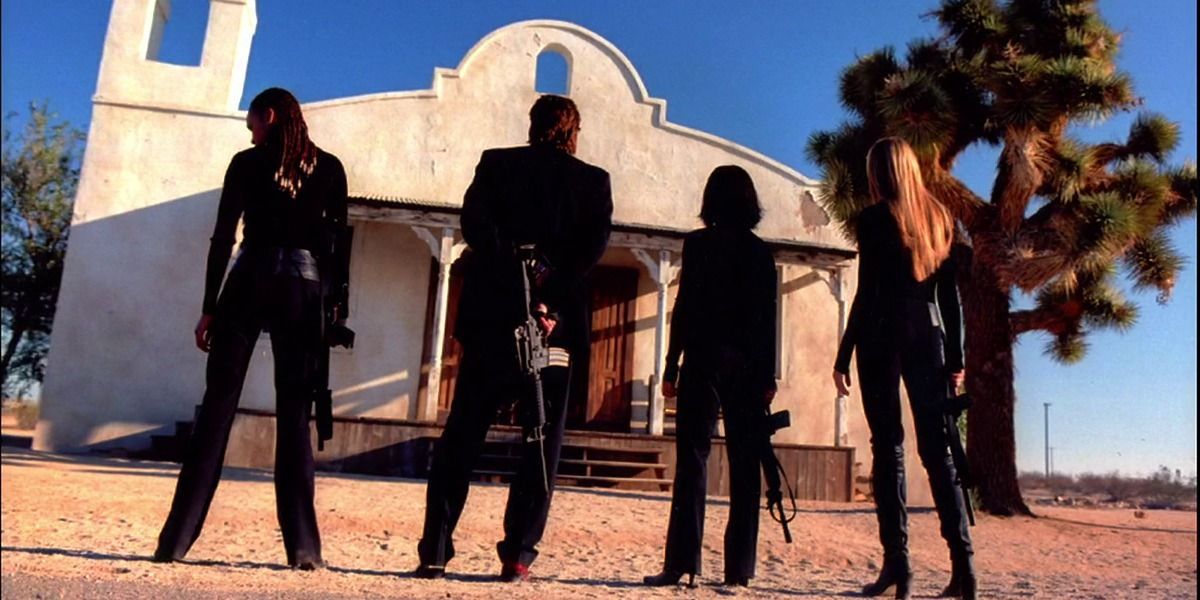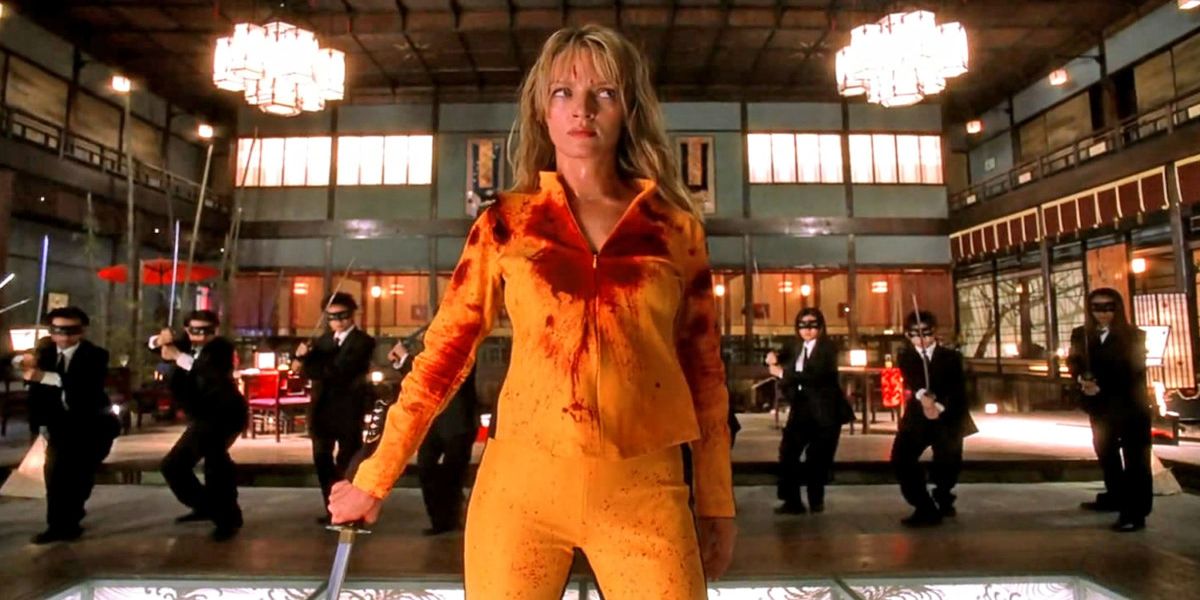Tarantino is an extremely talented and influential auteur, one of the most important of our generation. His love for cinema and its history comes through in the plentiful references he makes to older films in his movies, references that can now be recognized by even the not so versed in film studies.
Not having the opportunity to go to university or even finish high-school, Tarantino learned about movies from working in a VHS rental store, where he was immersed into a world of international films, from Italian westerns to Japanese films and Chinese wuxia flicks. But what is it that makes this beloved and popular director… Tarantinoesque?
Wait, Was That Him In There?
Tarantino loves to insert himself in his movies, always in cameos. Said cameos will often be concluded with death – or more accurately murder; his own. While it can be argued that his motivation is simply to amuse and / or surprise the audience (or even his personal vanity that demands he be in front of the camera if only for 10 minutes), it could be something more: maybe he wants to remind us of the control he has behind the camera, a control so profound and yet very vague for the people who watch the film and only see the actors. One has probably noticed him in Reservoir Dogs, Django Unchained, and Pulp Fiction (to name a few).
His References To Cinema Itself
Tarantino loves making intradiegetic references to actual real-world movies or generally to the art of cinema itself. This is not referring to how he integrates scenes or symbols from other films into his own. This refers more to how he entangles cinema and movies in his narrative: the most recent and obvious example is Once Upon A Time In Hollywood.
Other examples include the fact that Nazism dies in a movie theater in Inglourious Basterds, while the Nazis are watching their own propaganda (the irony); in Death Proof, Kurt Russell’s character (Mike McKay) is a retired Hollywood stunt double; in Pulp Fiction, Mia Wallace is a failed actress that once did a pilot; in Kill Bill Vol. 2, Beatrix watches Shogun Assassin with her daughter.
His Frequent Collaborators
Samuel L. Jackson, Uma Thurman, Kurt Russell, Michael Madsen, and Tim Roth feature in quite a few of his films. Samuel L. Jackson wins by a landslide with six collaborations in major features like Pulp Fiction, The Hateful Eight, and Django Unchained. Michael Madsen and Tim Roth were with him from the beginning of his career in Reservoir Dogs and then went on to do five and four (respectively) films with him. For Pulp Fiction, other actresses were considered for Mia’s role first by the production company that were more high-profile (like Meg Ryan), but Tarantino insisted on Thurman from the moment they met.
Signature Camera Work, Non-linear Structure, And Chapters
Some of the more technical characteristics of his narrative style can be traced in these three signature aspects: very purposeful camera angles, a plot that follows a non-linear structure, and a story divided in chapters with titles and quite often following different threads of the plot.
He loves his Trunk & Hood POV shot, his extreme close-ups of bloody faces, angry eyes, or bullets being fired from the barrel, his long tracking shots, close-ups on feet (yes, fetish, it’s been said once or twice), and his dead person POV (when the camera shoots from the POV of someone dead/unconscious).
Brilliant Female Characters
Tarantino is more likely than a lot of famous male filmmakers to have a female protagonist… and she is definitely not a rom-com protagonist. From Jackie in Jackie Brown to The Bride / Beatrix Kiddo (co-created by Uma Thurman) in Kill Bill, Tarantino has created a dazzling set of female characters. In Kill Bill, almost the entire main cast is female, as in Death Proof; in Jackie Brown, again the main is a layered and clever female character. In Inglourious Basterds, Shoshanna is crucial to the narrative and a complex and highly motivated person. Some of his films are not in line with this, of course, and he is not without sin (e.g. Thurman’s car crash while shooting Kill Bill), but he is definitely trying and achieving significant change.
Where Is That Soundtrack From Again?
Frankly, the list of songs and music scores that “you are sure you’ve heard somewhere before” is very long in Tarantino’s features. He adores soundtracks from older and/or foreign films and he is not afraid to use them. Django Unchained especially uses songs from at least five different films, including the classic Spaghetti Western Django.
In Kill Bill feature classics like “Death Rides A Horse” by Ennio Morricone from the homonymous film and Meiko Kaji’s “The Flower Of Carnage / Shura No Hana” from the OST of Lady Snowblood. Ennio Morricone’s music from old Italian Westerns features in plenty of his films.
His Homages To Older Films With A Blending Of Styles And Genres
He himself calls it “stealing”, but perhaps he is just being too self-critical (or too proud). Quite frequently there is some sort of thematic inner connection between the reference to another film and Tarantino’s film itself, but more often than not there is just… nothing; at least, nothing hidden. Tarantino just watched a film, he loved it, and he wanted to remind / inform the audience of its existence.
Maybe he wants to position himself and his art within cinematic history. From Spaghetti Westerns to B-movies, from Japanese Samurai films to exploitation and comedy, Tarantino has watched it all and treasured it all; so, it’s all got to go in there.
Awesome Dialogues… That Don’t Necessarily Advance The Plot At All
Tarantino is a master of stylish, good dialogue; yet, a lot of his dialogue does break the rules of Scriptwriting 101: it may contribute nothing to the plot or even to the deeper understanding of the characters. While on some more “esoteric” layer his characters may be illuminated by having a very specific opinion about waitresses and tipping (see Reservoir Dogs) or by discussing the various menus of McDonald’s across the world (see Pulp Fiction), in the end these conversations have definite effects that Tarantino is aware of: they create this sense of disjointedness between the high stakes of the situation and the randomness of the conversation that is idiosyncratic of his films. They simultaneously make the characters seem more real and approachable, since in everyday life not every conversation is purpose-driven.
Criminals For Protagonists In A Mini Universe Of Lawlessness
Since Tarantino loves westerns so much, he will not hesitate to remind audiences that fact at every opportunity. As such, it feels natural that plenty of his films are in one way or another westerns. They have outlaws, showdowns (“…at House Of Blue Leaves”), sheriffs, revenge, gunfights, and of course, fitting soundtracks.
A lot of his protagonists are professional criminals (as in Pulp Fiction, Jackie Brown, Kill Bill, and Reservoir Dogs) or bounty hunters (as in The Hateful Eight and Django Unchained). These professional criminals are often presented as colleagues, having normal -even superficially mundane- chats, and boring chores to fulfil.
Flesh And Blood, Guns And Swords
Tarantino easily produces some of the goriest (if not the goriest) non-slasher/splatter films out there. Many a film critic has tried to superimpose some inward over-arching meaning to his love for gore, and maybe there is one – but, to be clear, a subconscious one. Because if one is to take his word for it (and there is no reason why one would not), then he includes massive amounts of violence in his films simply because he liked it in others’ films – it has undeniable spectacle appeal. While other filmmakers will use violence as a metaphor or a symbol or a detractor of real-life violence, Tarantino has rejected such deeper connotations and embraces violence-on-screen for its aesthetic allure.

